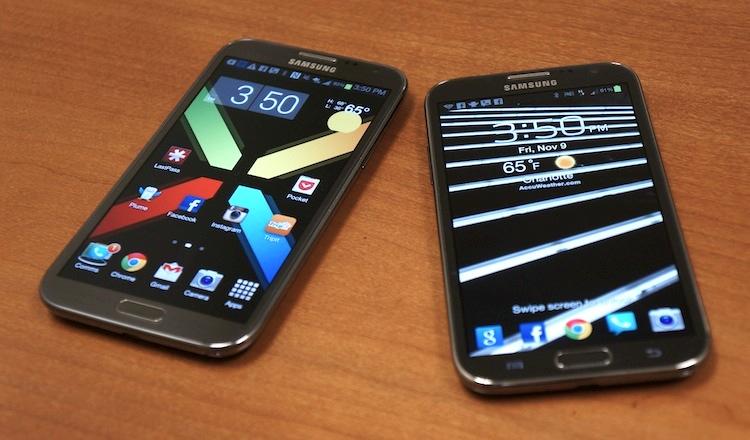
Of all the features and specifications your smartphone may have, the display is easily among the most important. It's what every user stares at, types on and interacts with for hours each and every day. It's the primary form of interfacing with your smartphone, meaning, if it's seriously lacking in a particular aspect or two, it can greatly affect the user's experience with the device.
Luckily, over the last three years, mobile display manufacturers have made seriously impressive improvements to the technology.
Resolutions alone have advanced from between HVGA (480 by 320 pixels) and WVGA (800 by 480 pixels) to a near standard of 720p or WXGA (1,280 by 800 pixels) resolutions. But a display's quality isn't solely dependent upon resolution. Many aspects come together to create a high quality display, such as: color gamut, brightness, contrast, pixel density (screen size versus resolution), viewing angles, reflectiveness, etc.
As a testament to the caliber of mobile devices, AnandTech put the iPhone 5 display under a microscope, so to speak, and found the 4-inch display outclasses some of the best televisions, computer monitors and projectors in grayscale and color accuracy. Chris Heinonen claims only one projector, which retails for about $20,000, comes close to the accuracy of the iPhone 5. Impressive, to say the least.
But there is one feature mobile users continue to struggle with: brightness.
In broad daylight, it's difficult to see even the brightest of mobile displays. To date, I can only recall one device that I was able to use in direct sunlight, and that's the ASUS Eee Pad Transformer Prime (TF201), which shipped with a Super IPS+ LCD. In normal mode, it was no brighter than your typical tablet display. But in extremely bright light, you had the ability to switch on the Super IPS+ mode, which gave the display an additional boost of brightness.
That said, I'm not outside a lot, and when I am, finding a shady spot or using the trusty hand visor trick is normally enough to get the job done in a pinch.
Where this brightness factor has been bothering me of late is in the dark. Display makers have endeavored to make their displays bright enough to suffice in sunlight. And it's made staring at some displays in the dark painful.
I was sitting in the local IMAX theater waiting on the pre-movie trailers to play before the premier of Skyfall last night. A.D.D. as I am, I pulled my Galaxy Note II out and started browsing the Web, Twitter and other things to kill time. Every few minutes, I found myself dragging the notification shade down and trying to drag the brightness slider to the far left, only to find the display was already as dim as possible. (Even though I had auto-brightness enabled, the Galaxy Note II still allows you to fine tune the auto-brightness.)
Laying in bed the other night, I had the same issue. In a pitch black room, I was watching an episode of one of my favorite shows via Netflix. I kept thinking to myself, "This display is entirely too bright," and I kept trying to make it dimmer to no avail.
And I've had the same problem with the iPhone 5. Unlock the iPhone at night and the display is sometimes blinding, though the iPhone's display can be tuned down to be significantly darker.
After the sun goes down, I do my best to keep my exposure to extremely bright lights and displays to a minimum. A few years back, I struggled from insomnia and learned that technology – bright displays in particular – was the root of the problem.
For the record, there are hundreds of applications like Screen Filter, which I had to use with the original Galaxy Note for the same reason. And I may have to incorporate it once again. These applications work, but they're not all that great either. The filter is simply adding a dark transparency to the foreground, meaning screen captures will appear dark, too.
I still cannot wrap my head around why manufacturers don't simply add the ability to dim the display even further. My MacBook Air, for example, dims to the point where the backlighting of the display is nearly off. And if I'm sitting in a dark room using my Air, rest assured the display is as dim as I can make it without having to strain my eyes. I don't have this option on the Galaxy Note II.
Do you have the same problem with your smartphones, ladies and gents? Is your smartphone too bright to comfortably use at night?